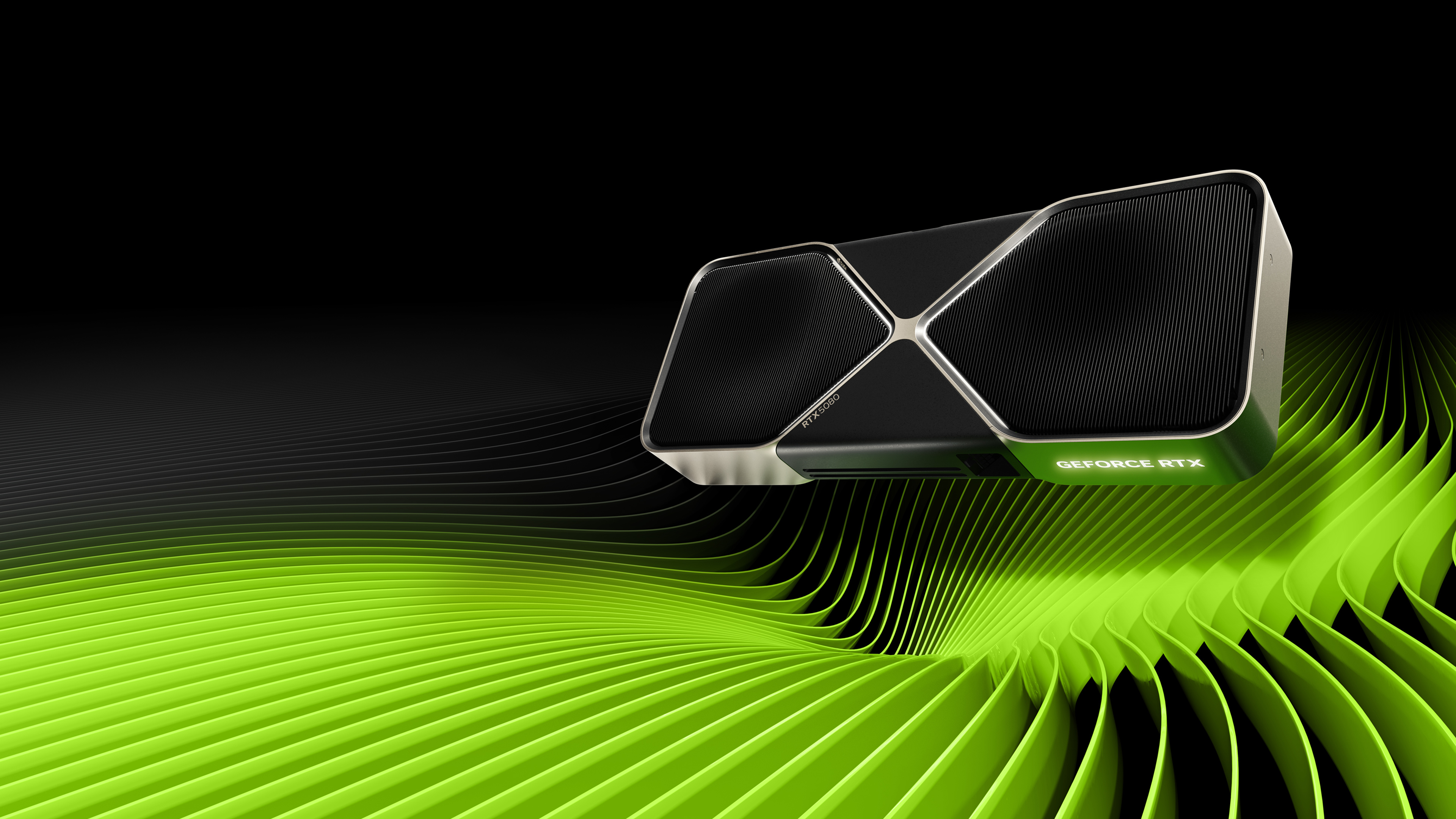- Rumor has it that Nvidia is leaving its graphics card making partners thin on margins with RTX 5000 boards
- This could mean that pricing comes in above the MSRP for those third-party boards more often than not
- A previous rumor also suggested this, and while this remains speculation, hearing the notion again isn’t particularly comforting
The launch of next-gen GPUs has been beset by rumors of possible pitfalls for both Team Green and Team Red – and we’ve just heard another gloomy piece of speculation regarding Nvidia’s RTX 5000 graphics cards.
The contention from Wjm47196 on Chiphell (the Chinese forum isn’t always the most reliable source, but this particular leaker has been right in the past) is that Nvidia’s putting the squeeze on its third-party graphics card making partners, potentially pushing up pricing of their RTX 5000 boards.
Wjm47196 believes that Nvidia has left those partners with very slim margins in terms of the cost of the components for the Blackwell graphics cards, which is evidently coming uncomfortably close to the MSRPs set by Team Green (leaving little room for profit).
Now, with their higher-end products, graphics card manufacturers always lump a hefty premium on top of the MSRP, which is the price you pay for higher clock speeds (thanks to better cooling, and build quality) and an overall faster GPU.
But the problem is that with the entry-level models sporting baseline specs, these card makers are going to struggle to produce anything that’s at, or close to, the MSRP. So, prices could be jacked up more than with the baseline RTX 4000 models, if this rumor is right.
Potentially adding insult to injury is that as Wccftech (which spotted this) points out, Nvidia’s own Founders Edition graphics cards – models which are guaranteed to be at the MSRP – could be very low on stock too. In short, options might be very hard to find at the MSRP level, which would be disappointing.
Analysis: Stock and pricing woes adding up to a real headache?
Obviously, this is not what PC gamers on the lookout for a next-gen GPU want to hear. We’re told that part of the reason for margins being so slim for board makers is the price of GDDR7 video RAM, which has significantly upped the overall cost associated with the components for Blackwell graphics cards (known as the BoM or Bill of Materials). That cost is, of course, inevitably passed on to the consumer.
So, we have a couple of worries with the RTX 5000 series now. Firstly, there have been persistent rumors about how stock is going to be thin on the ground at launch, and the volume of the chatter around this is definitely concerning.
But now, on top of that, is the idea that third-party RTX 5000 graphics cards will be priced somewhat above the MSRP level in the main, a notion which is backed up by recently spilled purported prices from a Finnish retailer (which listed Gigabyte’s RTX 5080 models, with only one at the recommended price).
While all of this remains gossip, essentially, all the separate pieces add up to a worry that the $999 MSRP (in the US) that Nvidia pinned on the RTX 5080 – which was the most pleasantly surprising revelation on the price front, given the rumor mill was claiming it’d be 20% more than that, at least – will pretty much be a pipe dream. As the Founders Edition could sell out very quickly, as might any third-party RTX 5080s at the MSRP level, which may not be many, by all accounts.
Add plenty of salt, naturally, but the more I hear about the upcoming Blackwell GPU launch, the more I’m getting concerned that buying one of these graphics cards is going to be a much more difficult – and pricier – proposition than it should be. Particularly if we do end up in a scenario where stock is lean, MSRPs are jacked up in the first place, and price gougers are coming in on top of that.
There is, of course, always AMD’s RDNA 4 rivals, at least for those who don’t need a high-end GPU, but that launch has been an odd one full of unpredictable twists and turns of its own.
AMD’s RX 9070 models won’t arrive until March now, but perhaps the reason Team Red is taking its time to get things right is not only because this is a good idea – and maybe a new philosophy at the firm – but also because AMD has time, given how Nvidia’s RTX 5000 launch is shaping up.




